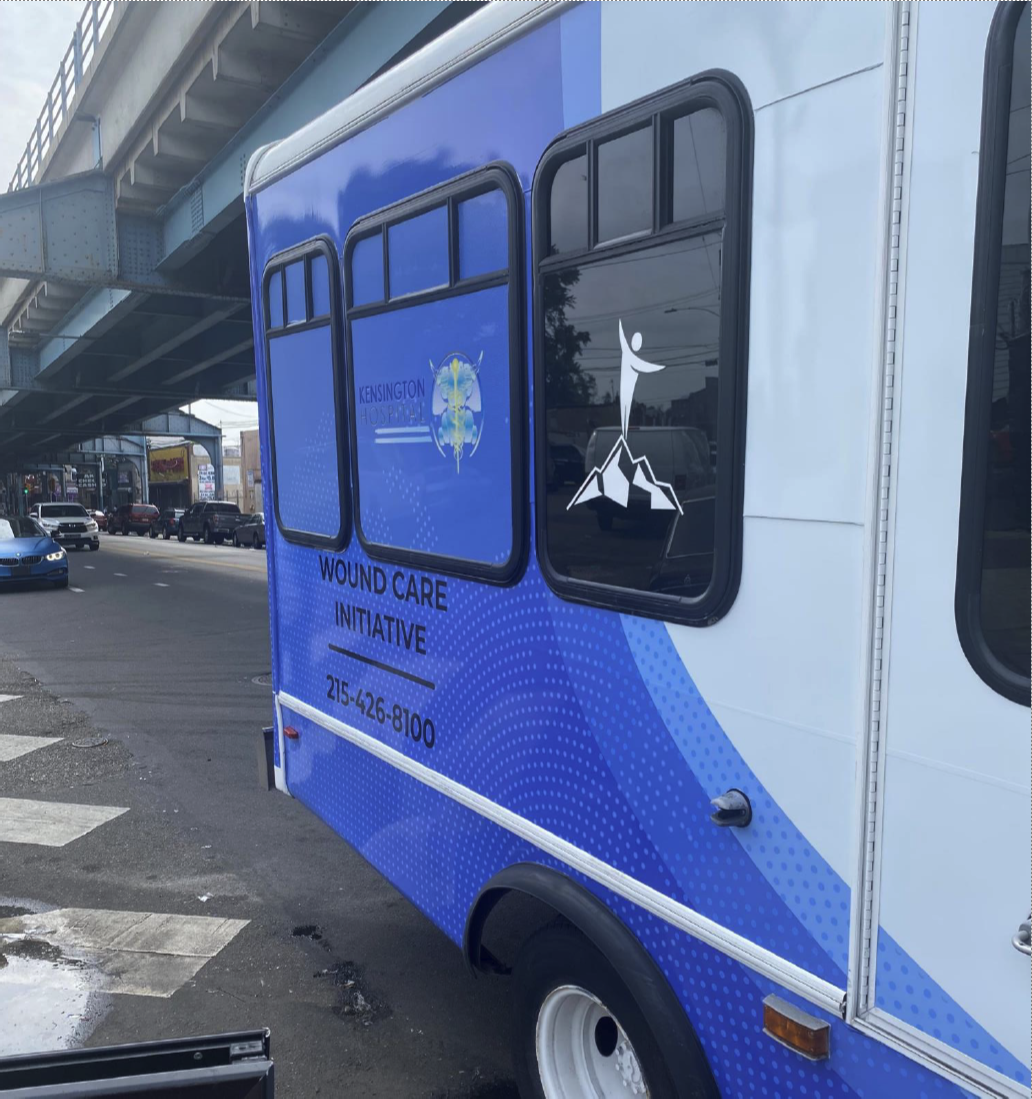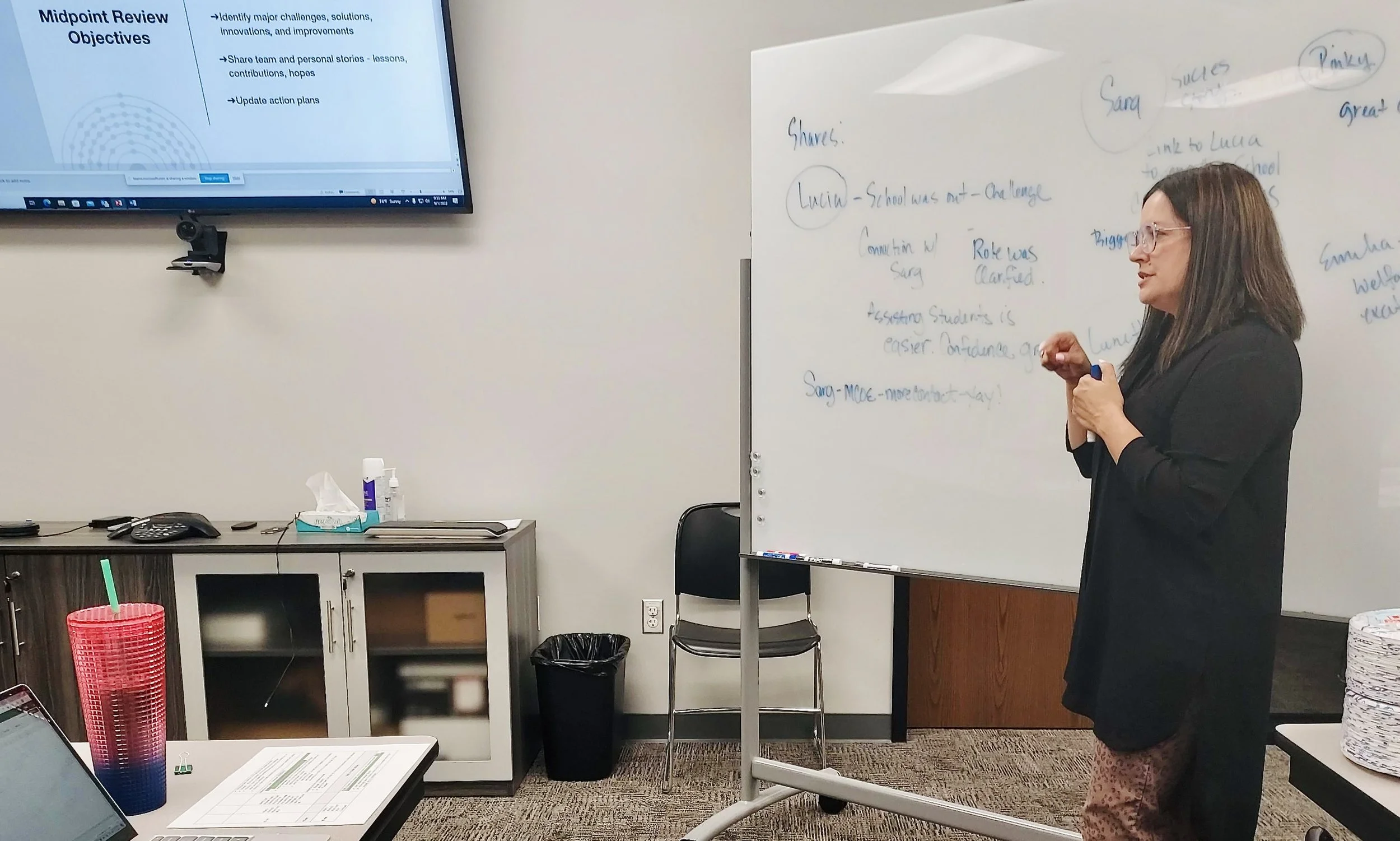Multi-sector Approaches to Addressing and Ending Homelessness
Homelessness is often linked to a combination of factors, including unemployment, poor health, and failing support systems. Experiencing homelessness can exacerbate existing health conditions; a lack of stable employment can mean an inability to make rent or mortgage payments. Often, these challenges are addressed in silos, with a sector responding only to what it sees as within its purview. This approach fails to recognize the complexity and interconnectedness of the client's experience, leading to duplication of services, disjointed services, or other complications that can increase confusion, stress, and frustration for clients and providers.
Recent scholarship supports the idea that multi-sector, collaborative approaches can amplify the impact of homelessness response efforts. In particular, backbone organizations that support a collective impact model can help foster collaboration through an interdisciplinary systems perspective¹. Given that complex social challenges like homelessness require responses from complex systems, multi-sector approaches require a shift in mindset for many individual contributors². Information, resources, activities, and capabilities are shared between partners across sectors. This approach identifies the capacities and strengths of those individual components³ and weaves them together to create a more holistic and strengths-based approach that, when done well, limits redundancy and confusion for clients and providers. Research from Chapin Hall suggests that mutually reinforcing activities can ease the burden on some providers while smoothing the service experience for clients, especially those who access care from multiple sectors, such as schools, child welfare, and justice, in collaboration with community organizations⁴.
But there are challenges to successfully designing and implementing multisector collaborations, including chronic understaffing in many human service sectors, competition for resources, and hyperfocused mindsets that lead to siloed practices. It can be difficult for service providers within specific sectors to reimagine themselves as part of a much larger, holistic system of care; the level of coordination such a system would require is daunting!
100-Day Challenges® can offer an opportunity to begin testing what multi-sector collaboration can look like. Our partner communities are designing 100-Day Challenges that are increasingly focused on bringing together two or more sectors, such as homelessness response, healthcare, criminal justice, workforce development, or education, in order to address challenges faced by people whose circumstances make them especially vulnerable to homelessness.
100-Day Challenge Super Teams
When multiple sectors bring their frontline staff to a single Challenge, they create one super team that can offer a more holistic approach to addressing the specific needs of their joint client populations. We have recently completed several Challenges in which the homelessness response and other sectors teamed up to create collaborative innovations to better serve their overlapping populations.
In Kensington, Philadelphia, frontline staff from the homelessness response and healthcare sectors came together to design innovations and build relationships between their sectors to better serve those with substance use disorders who are also experiencing homelessness. The team's 100-Day Challenge goal focused on increasing connections to housing and residential treatment placements, which required them to develop new cross-sector data-sharing systems and reframe how they can jointly approach client services. Moreover, the two sectors are beginning to see themselves as part of one complex system, recognizing the need for tighter integration of their efforts.
In Palm Beach County, Florida, a 100-Day Challenge targeted at reducing homelessness among those living with HIV brought together frontline staff from the homelessness response and healthcare systems. They improved their data sharing and case conferencing infrastructure so that sensitive information about clients could be shared appropriately and in a way that both shortened their time experiencing homelessness and strengthened their connection with their healthcare provider. Leadership from both sectors has committed to enhancing and maintaining these new relationships in the long term, exploring new ways to integrate their services and investigating how these practices can be expanded to serve other vulnerable populations.
In Los Angeles, the homelessness response sector partnered with workforce development to improve the sustainability of the Rapid Rehousing programs, which are most successful when clients have consistent, full-time employment. These clients receive rent resources that taper off over two to three years as they can contribute more to their monthly living expenses. By bringing together service providers from both sectors who were already working with the same client pool, they could more successfully and sustainably transition clients off of rental subsidies.
In Santa Clara County, youth ages 18-24 were experiencing homelessness in a geographic area with a significant number of higher education institutions. A lack of affordable housing options exacerbated the crisis for all age groups, but these young people were particularly affected. Many of them were experiencing homelessness during school breaks when they lost access to school resources. By bringing the homelessness response and education sectors together in one Challenge, they were able to design sustainable solutions to the intermittent homelessness experienced by these students, coordinating resources between the colleges and the housing navigators to help bridge the gaps and work towards permanent housing upon graduation.
These examples demonstrate the power of 100-Day Challenges to jumpstart collaborative cross-sector relationships. As Mounah Abdel-Samad and his collaborators suggest,
"Sustainable solutions to this "grand challenge" [homelessness] cannot be developed by teams working within disciplinary silos; they require an interdisciplinary systems perspective that appreciates the complexity of the challenge"¹.
It's also important to remember that the perspective of those with lived expertise is a crucial component of a multi-sector collaboration; clients know better than any provider what it takes to navigate disjointed service pathways and can offer critical feedback on improving coordination among these sectors. A multi-sector approach can produce "coordinated responses [that] leverage flexible networks to deliver a range of services tailored to complex needs"³. This coordination is demonstrated in an increasing number of 100-Day Challenges as communities recognize the need to expand the number and variety of providers working together on complex homelessness issues.
We look forward to exploring more of these multi-sector collaborations with our partner communities, bringing together systems in a way that research shows is of significant benefit to those experiencing homelessness. If your community is interested in addressing homelessness holistically, we would love to talk with you and explore how our 100-Day Challenge methodology could jumpstart multi-sector collaborations in your community.
1. Abdel-Samad, M., Martinez, R. L., & O'Toole, T. (2021). Conceptualizing an interdisciplinary collective impact approach to examine and intervene in the chronic cycle of homelessness. International Journal of Environmental Research and Public Health, 18(4), 2020.https://doi.org/10.3390/ijerph18042020
2. Fratantuono, Michael & Sarcone, David. (2017). Strategic Challenges Confronting Leaders of a Cross-Sector Collaboration Organization Created to Improve Community Health. SAGE Open. 7. 215824401772635. 10.1177/2158244017726354.
3. Fowler, P. J., Hovmand, P. S., Marcal, K. E., & Das, S. (2019). Solving Homelessness from a Complex Systems Perspective: Insights for Prevention Responses.Annual review of public health,40, 465–486.https://doi.org/10.1146/annurev-publhealth-040617-013553
4. Morton, M.H, Rice, E., Blondin, M., Hsu, H., & Kull, M. (2018).Toward a system response to ending youth homelessness: New evidence to help communities strengthen coordinated entry, assessment, and support for youth. Chicago, IL: Chapin Hall at the University of Chicago.


















